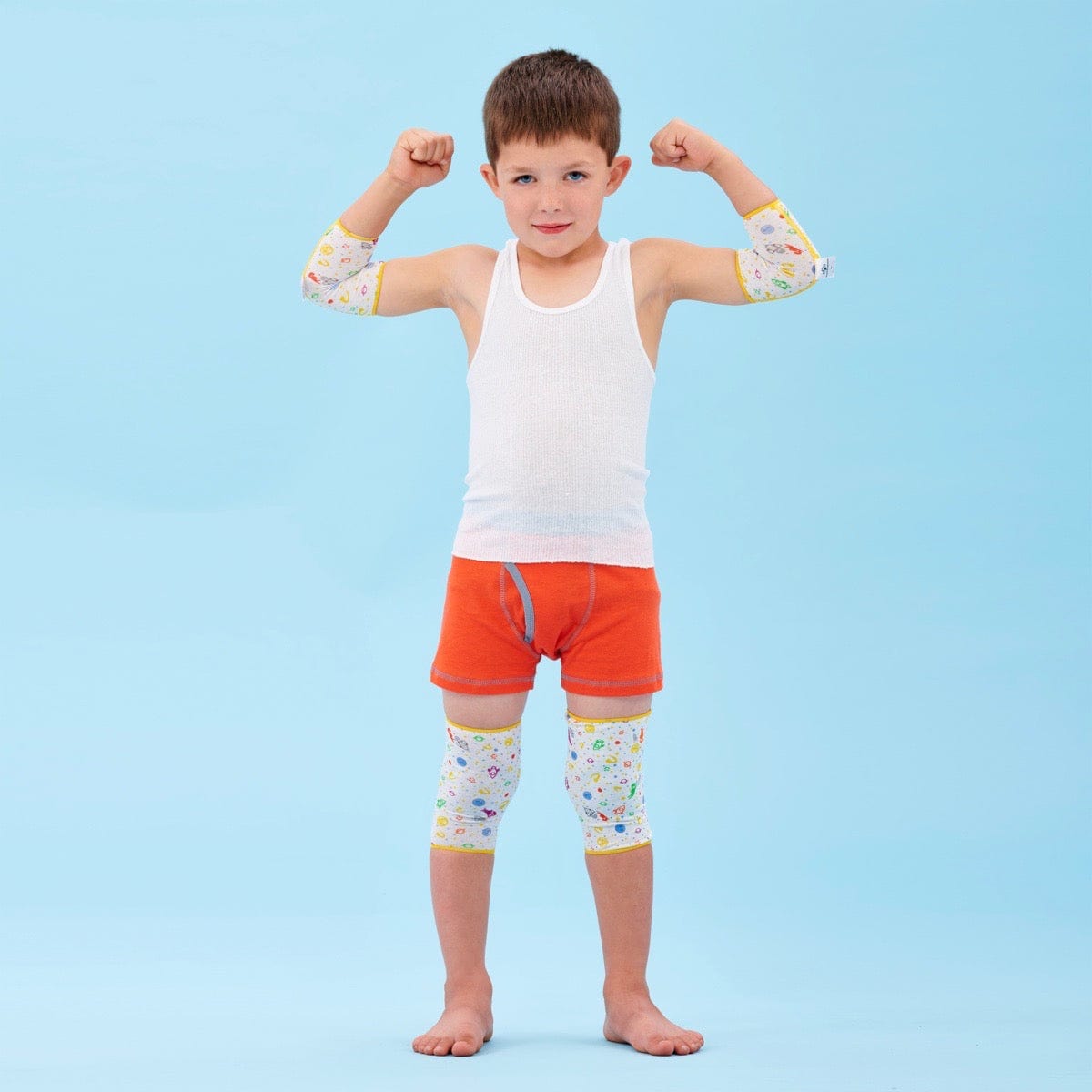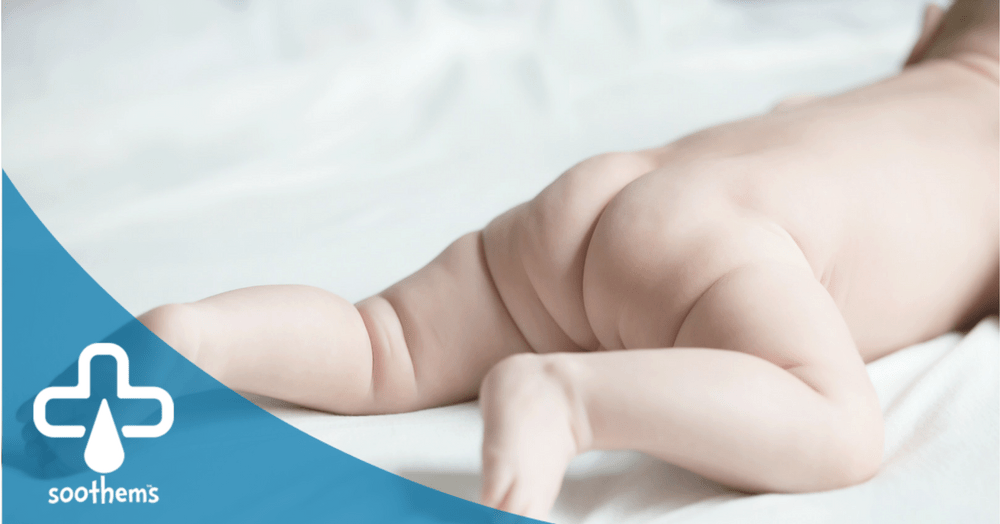Originally Published: December 28, 2017
Updated: August 22, 2018
Why is Nummular Eczema difficult to diagnose and how is it different than Atopic Dermatitis?
Nummular Eczema Symptoms, also known as Discoid Eczema and Nummular Dermatitis, is one of seven different types of the broader category called eczema. The other six types are Atopic Dermatitis, Contact Dermatitis, Hand Eczema, Dyshidrotic Eczema, NeuroDermatitis, and Stasis Dermatitis.
Nummular Eczema is a chronic condition that affects people of all ages including infants and young children. Nummular Eczema baby issues can be especially difficult and complex to treat and should be treated by a pediatric dermatologist that specializes in Nummular Eczema baby treatments. An outbreak, or flare-up, of Nummular Eczema has a very different physical appearance than other types of eczema with its round, coin-like (according to the National Eczema Association, the word “Nummular” comes from the Latin word for “coin”) lesions surrounded by red, inflamed skin on the hands, arms, legs and/or chest.
Nummular Eczema is difficult to diagnose because of the wide range of symptoms that make Nummular Dermatitis unique for everyone affected. No two people seem to have the exact same symptoms. Some people experience coin-shaped, weeping lesions while others have crusted-over, coin-shaped scabs. Some people experience Nummular Eczema symptoms with an overwhelming itching and burning sensation while others experience no itching at all. Dermatologists are not exactly sure how a person develops Nummular Dermatitis, but it is believed that it can be connected to inflammation elsewhere on the body, by an allergic reaction to metals or chemicals, triggered by insect bites, or environmental related conditions like dry winter weather.
You are more likely to get Nummular Dermatitis if you have another type of eczema, such as Atopic Dermatitis, however, doctors are unsure how the two are and are not connected. Nummular eczema overtly looks very different from other types of eczema with its round, coin-shaped spots that form on the skin. Nummular eczema is commonly mistaken for fungal infection like ringworm, so it is important to visit your dermatologist for a proper diagnosis. If you are dealing with an infant suffering from Nummular Eczema we recommend getting immediate professional medical advice for developing a treatment plan specifically for babies with Nummular Eczema as there is a high likelihood that the baby is also going to have other skin sensitivity and allergic conditions. A pediatric dermatologist will be able to guide you through the proper the Nummular Eczema baby treatment plan for your child.
Atopic Dermatitis (or AD) Symptoms start early in childhood (frequently in infants) and is characterized as extremely dry, scaly, rough skin with a rash of lightened and darkened skin spots. AD is categorized into three levels: mild, moderate and severe. Atopic Dermatitis rashes frequently appear in the creases of the elbows and/or the knees, rashes on the neck, face and around the eyes.
Moderate to severe cases of Atopic Dermatitis can cover the entire body. Some children as young as newborn infants have AD rashes on their scalp and cheeks. Adults with AD often have discolored, leathery skin as a result of years of Atopic Dermatitis flare-ups that are easily irritated by what can be a long list of triggers.
What are the symptoms of Atopic Dermatitis?
The most common symptom of an Atopic Dermatitis “flare-up” is a red rash of itchy, dry, rough skin. During a flare-up, inflammation causes increased blood flow to certain areas of the body which will increase the urge to itch. It is not unusual for people with AD to scratch to the point of damaging their skin, potentially resulting in open wounds, infections, and permanent skin damage. Dermatologists call this syndrome the Itch / Scratch Cycle. It is a physical and psychological issue because “the more you itch the more you want to scratch” and “the more you scratch the more you itch”. This miserable cycle of itching and scratching can also raise stress levels and cause sleep disruption.
There are numerous physical and internal factors that trigger Atopic Dermatitis including stress, allergens, air pollution, dust mites, pet dander, pollen, hormones, sweat, excess saliva, and weather. There is also strong evidence that diet has a significant role as well as allergic reactions to nuts, dairy, wheat & gluten, eggs, soy-based proteins, and certain shellfish.
How Common and Who gets Atopic Dermatitis?
Many think of Atopic Dermatitis as common eczema because it affects the most number of people globally. According to the National Eczema Association, about 31 million people have eczema in the US and of that, 17.8 million people have Atopic Dermatitis. It usually starts in childhood, with approximately 60% of the people affected experience symptoms getting milder or completely goes away by adulthood. According to the American Academy of Dermatology (AAD), 90% of people with AD get it before age 5. It’s rare that somebody will be diagnosed with AD if they didn’t have it as a child. There seems to be a genetic component to AD as people with AD typically have a family member affected by AD, allergies, or asthma. People dealing with Atopic Dermatitis frequently also have asthma and hay fever and many people with Atopic Dermatitis have all three conditions.
There are five additional types of eczema besidesNummular Dermatitis and Atopic Dermatitis.
- Contact Dermatitis, just as the name suggests, Contact Dermatitis is caused as a result of a reaction to a substance that contacts the skin. There are two different type of contact dermatitis– allergic contact dermatitis, an immune reaction to an irritant of certain metals like nickel, or latex. Symptoms are red, irritated skin. The other type is irritant contact dermatitis which occurs when a chemical or other substance irritates the skin.
- Hand Eczema is a form of eczema that only affects the hands and typically affects people who work in jobs that require constant use of harsh soaps or hand sanitizers (for example doctors and nurses, food preparation handlers, hairdressing or cleaning people that regularly use harsh chemicals that irritate the skin.)
- Dyshidrotic eczema causes small blisters to form on your hands and feet. Interestingly, dyshidrotic eczema is more common in women than in men.
- NeuroDermatitis is similar to Atopic Dermatitis. It causes thick, scaly patches to pop up on your skin. NeuroDermatitis usually starts in people who have other types of eczema or psoriasis. Doctors don’t know exactly what causes it, although stress is a common trigger.
- Stasis Dermatitis happens when fluid leaks out of weakened veins into the skin. This fluid causes swelling, redness, itching, and pain. Stasis Dermatitis happens in people who have blood flow problems in their lower legs. If the valves that normally push blood up through the legs toward the heart malfunction, blood can pool in your legs. Your legs can swell up and varicose veins can form.
Nummular Eczema Treatment
So, the burning (not-so-funny pun intended) question: How to get rid of Nummular Eczema? As stated previously Nummular Eczema affects everyone differently and causes or triggers and difficult to identify and can be related to other health issues. If your child has Nummular Eczema seek medical advice from a pediatric dermatologist to develop a unique Nummular Eczema baby treatment plan. We understand you want to relieve your baby's discomfort but because of the complexities for Nummular Eczema in a baby, it is best to avoid home remedies and seek professional advice.
As with Atopic Dermatitis, moisturizing goes a long way in calming and protecting the damaged skin barrier. Consult your doctor about possibly receiving a prescription to decrease the inflammation as well. It’s not much of a surprise that more powerful creams are frequently required to alleviate the symptoms of Nummular Eczema. Though this type of eczema might seem like the worst thing in the world, there is good news. Nummular Eczema completely disappears right after the first treatment in the majority of cases. Rest assured that many people rarely have long-term issues like other forms of eczema. That’s a very good thing!
HOW OUR ECZEMA CLOTHING CAN HELP
If you have a child with eczema, you know how frustrating and heart-wrenching it can be. That’s where Soothems® eczema clothing comes into play. Soothems pajamas are made with TEWLTect® skin smart fabric, which works to therapeutically help make your child’s skin healthier.
Our therapeutic eczema clothing solution goes beyond physical treatment and works to reduce the stress, anxiety and the side symptom of sleep disruption that far too often accompanies eczema. At bedtime, have your child put on their Soothems garment with the MAGIC fade-away blue moons and then read them one of our special storybooks. It’s our hope that the combination of therapeutic clothing for eczema and our one-of-a-kind storybooks will delight and comfort your child to a more restful night’s sleep.
From eczema suits and eczema sleeves to eczema bottoms and eczema sleepwear, we have just what your child needs. See what Soothems can do for your son or daughter.







Leave a comment
All comments are moderated before being published.
This site is protected by hCaptcha and the hCaptcha Privacy Policy and Terms of Service apply.